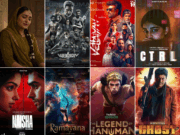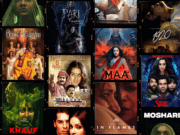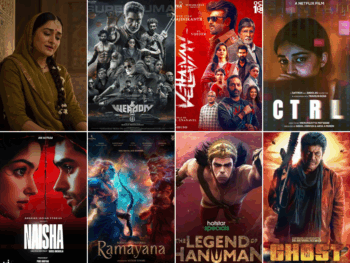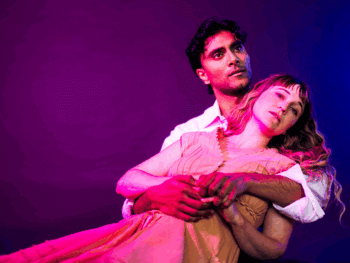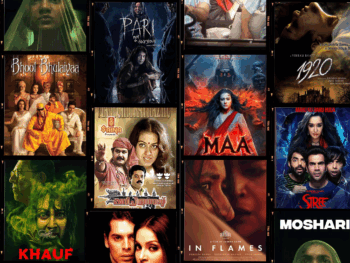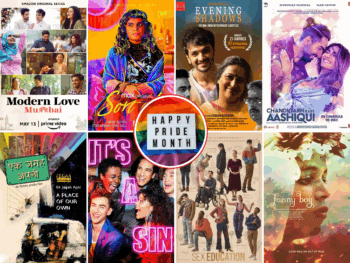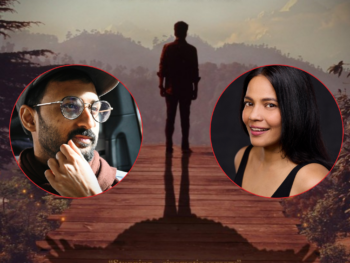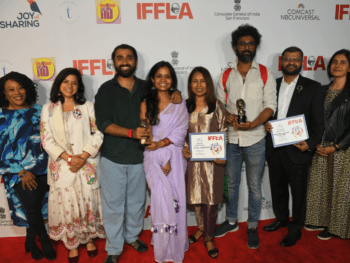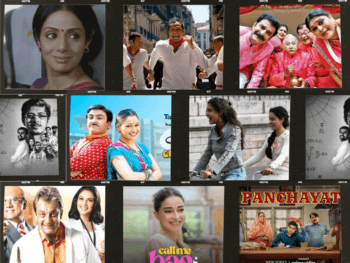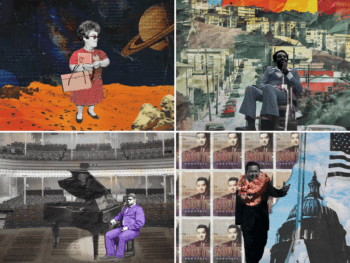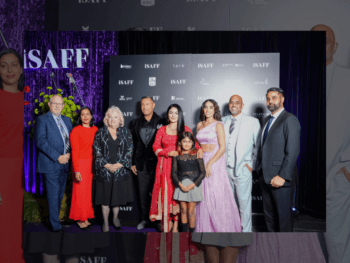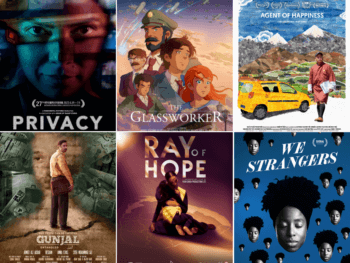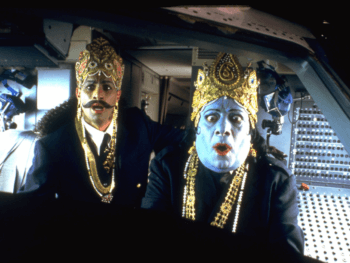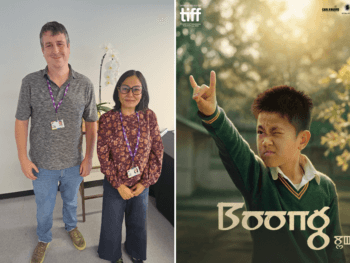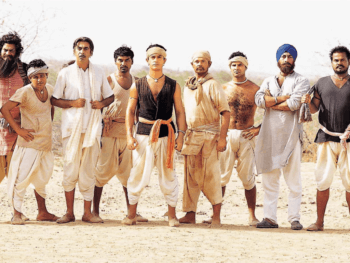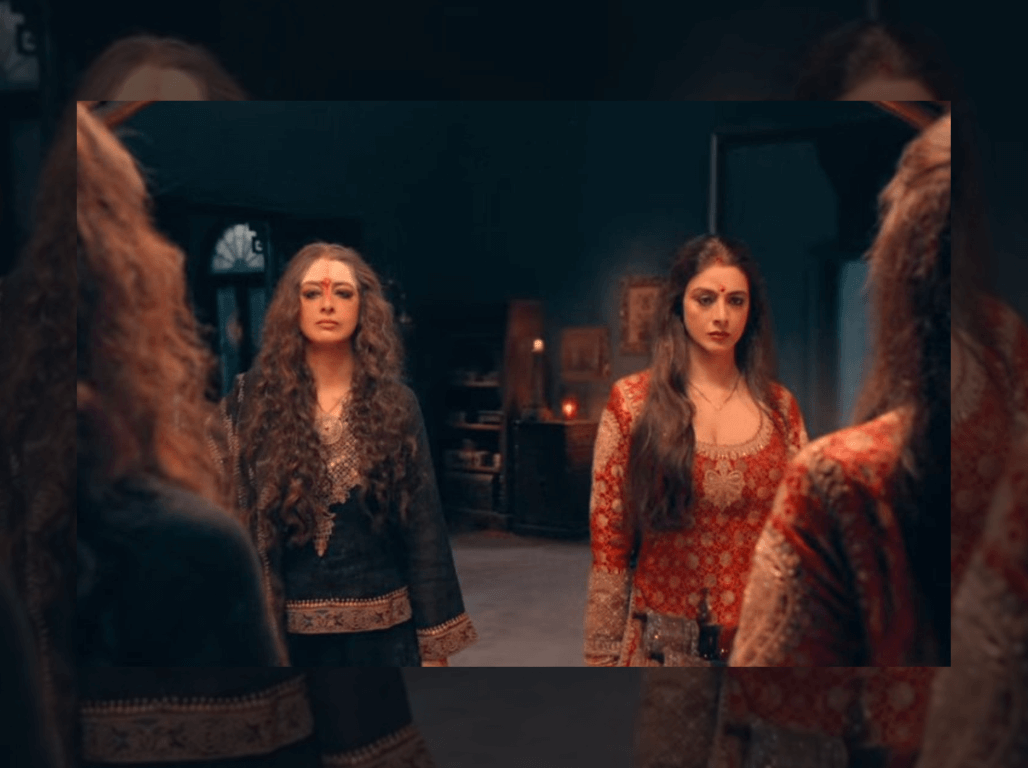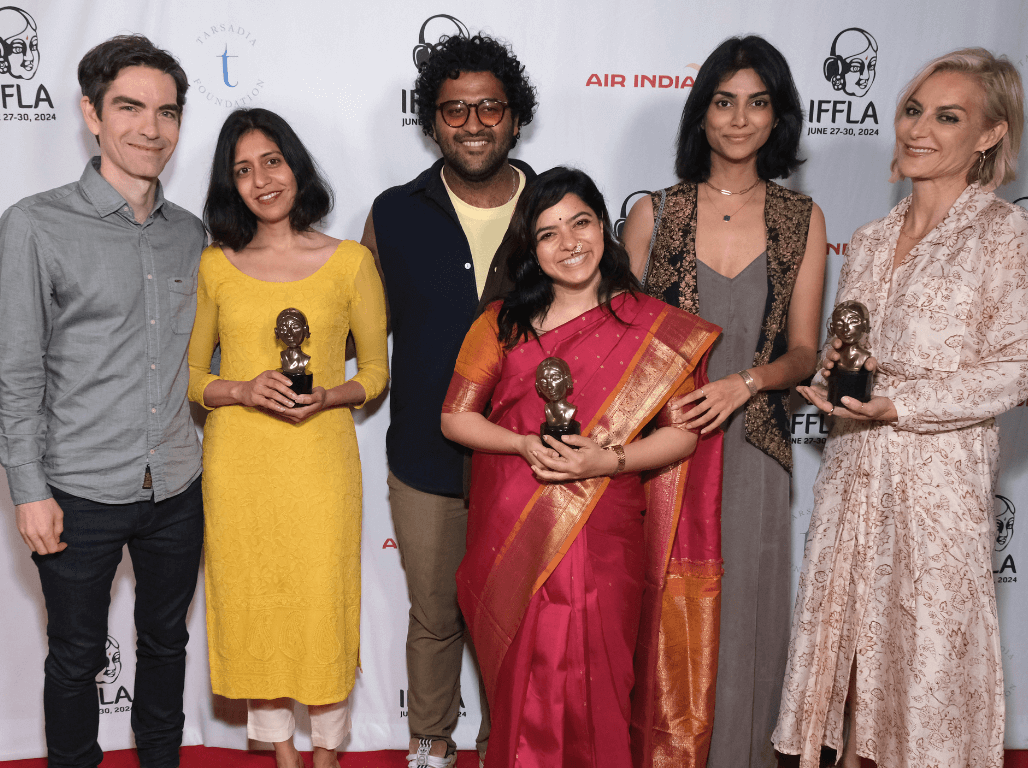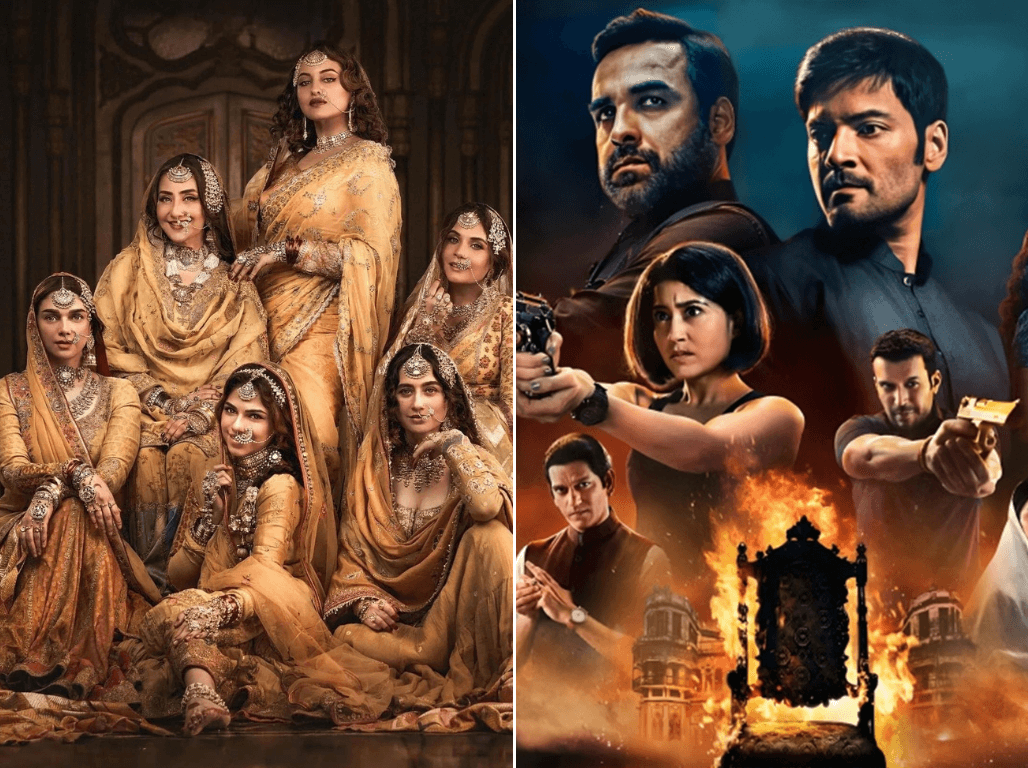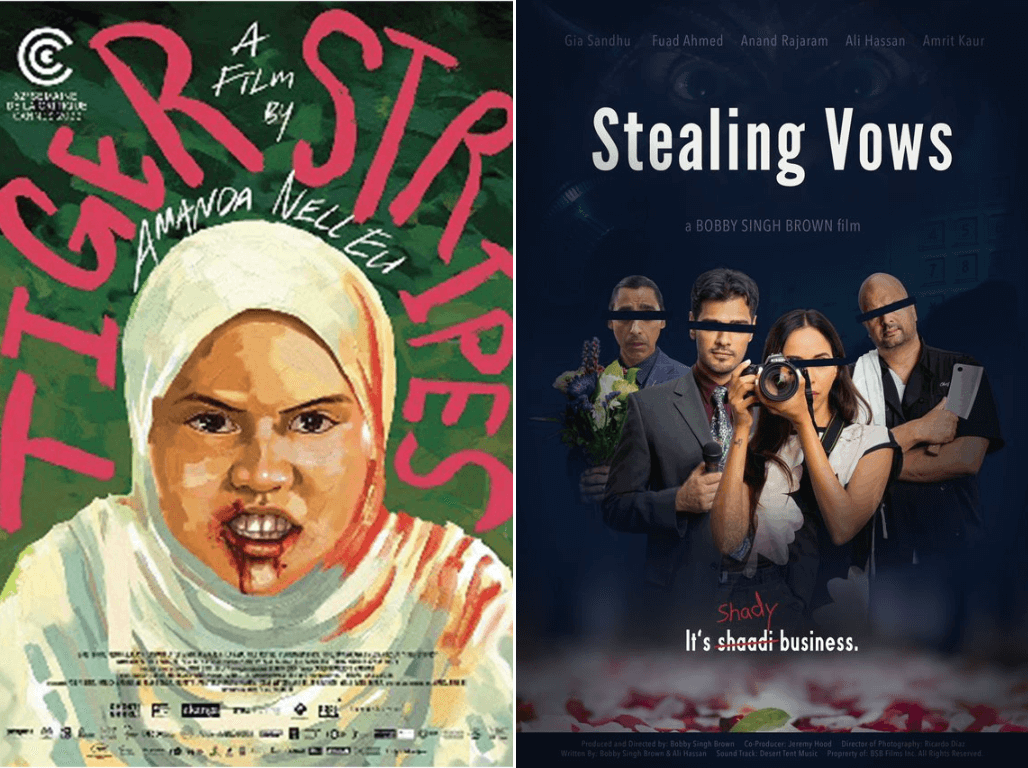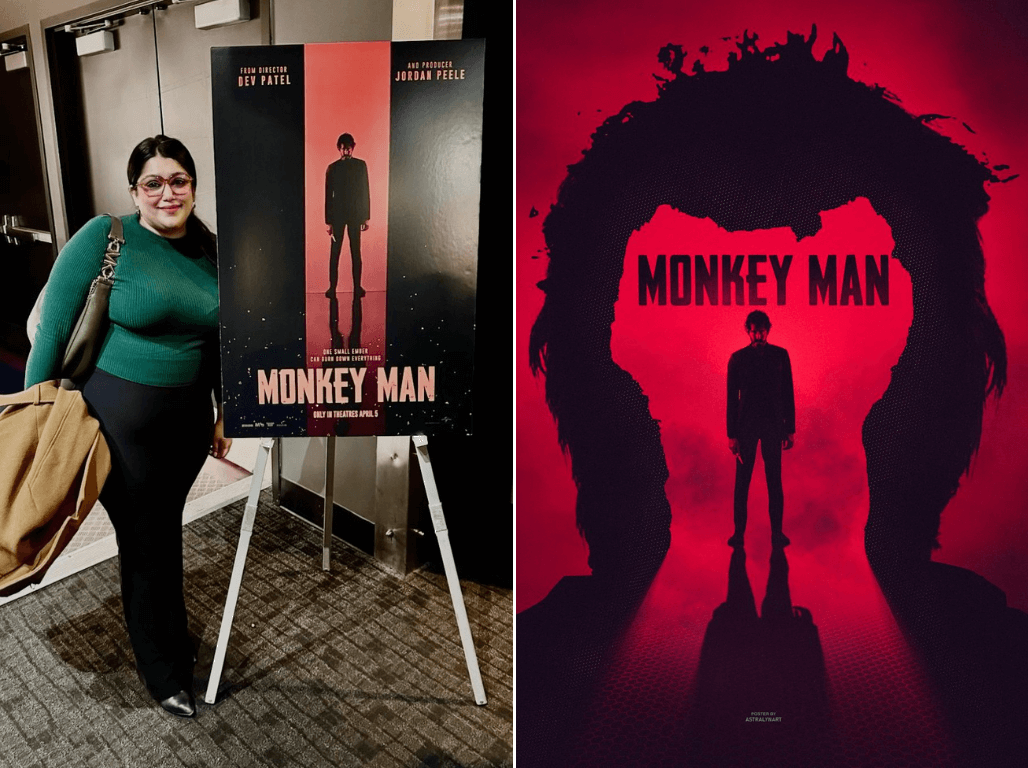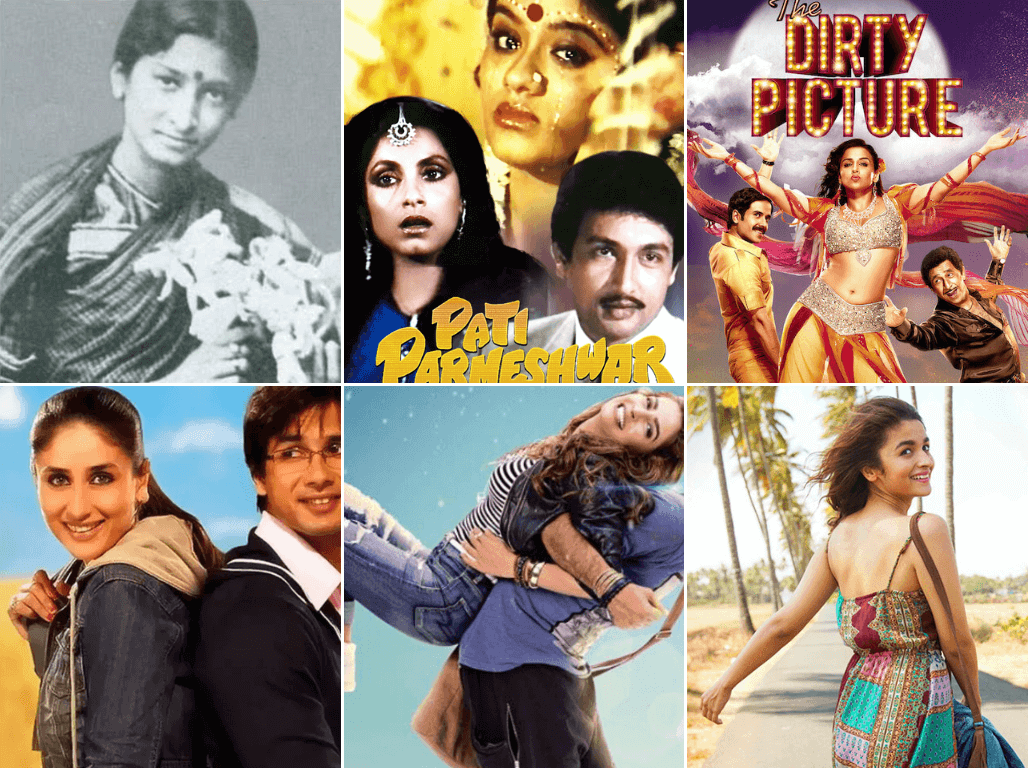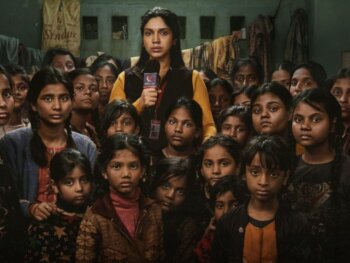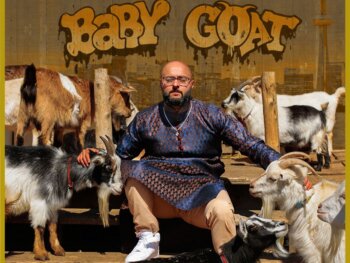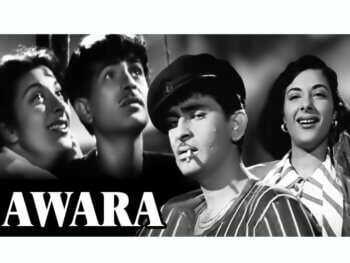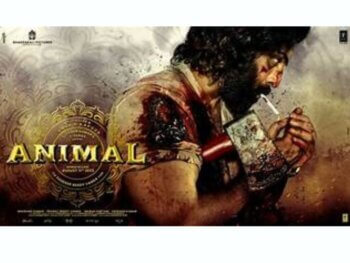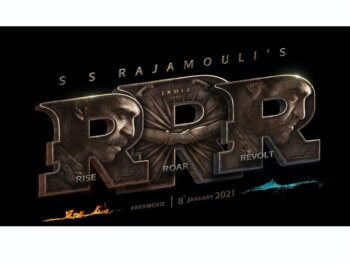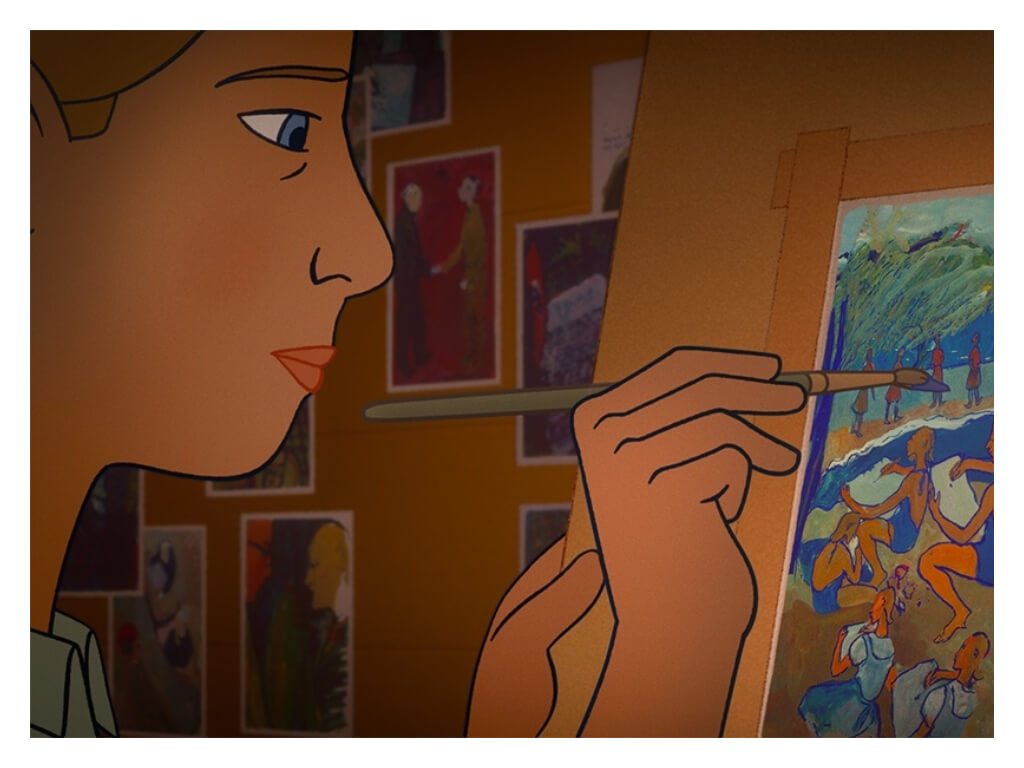
TIFF 2021: Tahir Rana and Éric Warin Draw Inspiration From The Darkness In Their New Film “Charlotte”
Entertainment Jan 27, 2022
Premiered at the Toronto International Film Festival, Charlotte is an animated drama from Canadian co-directors Tahir Rana and Éric Warin about real-life artist Charlotte Salomon (voiced by Keira Knightley), a German-Jewish painter who died in the Holocaust at age 26, but left behind an autobiographical masterpiece: the “song-play” Life? or Theatre?. In an extensive conversation, this filmmaking duo discuss their movie’s inspiring message of pursuing your passion in even the darkest of hours.
One of the more acclaimed (and star-studded) entries at TIFF 2021 was a stunningly animated feature based on an undertold true story. Oscar-nominee Keira Knightley voices Charlotte Salomon, a Jewish teen in 1930s Germany who dreams of being a painter — a dream which is undermined by her fraught family life and the rise of the Nazis. Ultimately, Charlotte’s life would be cut tragically short, but amidst the chaos and sorrow of her final years, she would create an autobiographical “song-play,” made up of nearly 1,000 expressionist paintings inspired by her short yet remarkable time on this Earth.
During the festival, Anokhi Life spoke with Canadian co-directors Tahir Rana and Éric Warin about honouring an underappreciated artist and her singular vision of the world — and the power of animation to explore reality in a way that live-action films cannot.
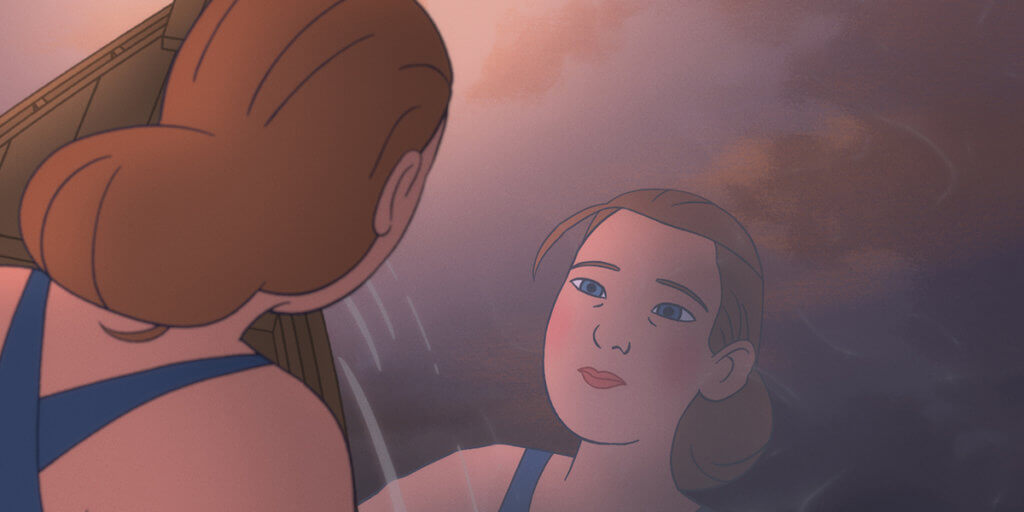
Matthew Currie: You do feature recreations of Charlotte’s paintings in this film. But overall, in the rendering of the characters and the landscapes and so on, was it a challenge to channel the work of another artist, to reflect her style in your own art?
Tahir Rana: It was really challenging. Because we absolutely wanted to incorporate as much of Charlotte’s own visual language into the movie, but at the same time, her paintings are more abstract; her characters, as they appear in Life? or Theatre? are more exaggerated than ours. And we felt like we had to make the decision to be a little more realistic to anatomical humans in order to portray the drama of the story, and retain the emotional aspects and the subtleties that you need to tell mature cinema.
So there were other decisions that we made [to incorporate Charlotte’s style]. We never used black in the film, for example. Charlotte never used black in her artwork. There’s a scene with Charlotte on her bed, crying in her hands; we actually composed that from the same angle that she had done one of her paintings. We did those kind of subtle nods. But really, those art transitions that you referenced, those were where we were actually able, full-force, to portray Charlotte’s artwork and see them get painted onscreen.
Éric Warin: Mimicking the style of a painter is never the best way to serve this painter. I think her paintings speak for themselves. The movie was all about trying to make the audience know a bit more behind the paintings. [Our] style is something that is trying to [evoke] the style of the painting, but not mimicking. And the art transitions are what we can do the best as movie-makers . . . you add some dramaturgy from that, you use movies to [bring] it to life . . . taking the art from Charlotte and bringing it somewhere that she couldn’t go.
MC: In contrast to Disney and Pixar, this is an animated film made for adults. It’s an animated drama. Does that offer a new way to explore a topic that you just couldn’t do if you told this same story in a live-action drama?
EW: Taking the realism away and using the animation was a way to go way further into realism, in a way. The more you try to add some elements that are not true or not reality, the more, suddenly, people can feel what it means. Death or pain or crying is something that we use so much in classical movies, but in animation it is something that is a little bit different. It’s funny how you can use animation to enhance realism and enhance the connection to the character.

MC: Does making a film set during the Holocaust take on a different significance given the very visible resurgence of white supremacy we’ve seen in the last few years?
TR: You could say this is a story about the Holocaust, but to us that definitely wasn’t the throughline. It’s Charlotte. There are subtle reminders that she was living through this terrible time, but we certainly didn’t want to feature any Nazis in brown shirts in a prominent villain role or anything like that; it was more about the circumstances around her and the temperature of society that she had to navigate. It was her navigating the minefields of the patriarchy, of being a German-Jewish woman during that time. And then of course the terrible realities of Nazism is what culminated in what happened to Charlotte. But I would say we were careful not to make it too much about the Holocaust or Nazism or Kristallnacht; those are more circumstances around Charlotte, and her journey through them.
MC: The title of her great work, Life? or Theatre?, is so profound. As a student of art and now someone who’s delved into Charlotte herself for this film, can you unpack that a little?
TR: It’s sort of “the world is a stage” kind of idea. Literally, Charlotte Salomon intended it to be a staged play . . . she was quite a visionary. For her, there was this interplay between real events and fictitious events; the lines get a little bit blurred, because sometimes reality is so ridiculous. Her characters in her play, they were all given stage names; they were based on the real people in her life, but they were all called something different. So Charlotte oftentimes blurred fiction from fact. And I think this was her way of kind of presenting: This is my life. Some of it is exaggerated. Some of it is made up. A lot of it is true. The value of this is for the audience to make sense of in their own way. To me, that’s what she meant by Life? or Theatre?.
And it’s super-profound. It’s almost, in a sense, asking everybody to ask themselves, “Is what I’m seeing true? Is there more to this? Is it exaggerated?” Life is whatever you make it. And for Charlotte, it was her paintings. That was her life. Or was it theatre?
MC: You have a truly stunning cast here. Beyond Keira, you have Mark Strong, Brenda Blethyn, Jim Broadbent, Helen McCrory, Sophie Okonedo, Sam Claflin. How do you end up attracting all those A-listers?
EW: We have a really great producer. Julia [Rosenberg] had the idea originally, and she always believed so much in this story and movie that nothing could stop her. She was so driven. This energy made, first of all, this movie possible, but at the same time all those [actors] coming in and participating and giving all their talent is really what is the magic of this movie as well.
TR: It really speaks to . . . as when we were presented with this project, you just get drawn in, and then you do a Wiki search and you learn about Charlotte and there’s this immediate connection with this real person that existed that achieved so much in such a short amount of time. You’re almost champing at the bit to join . . . I think these people were really excited to join for those reasons.
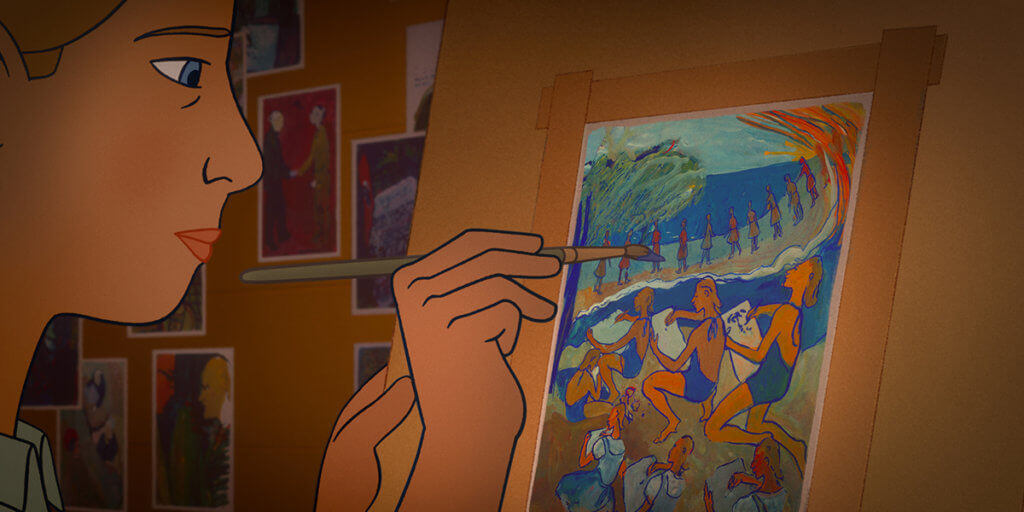
MC: Did your concept of the film change a great deal over the course of development and then production?
TR: We went through a lot in terms of realizing the visual language of the film and what parts of her story we wanted to tell . . . But the soul, the core of the movie was always her incredible perseverance and bravery in the most tragic of times. And to me, the inspiration that I got from reading about her comes through in this film and I believe will also inspire audiences. This isn’t a light story, this is a very heavy story. But I feel like audiences will come away with what I came away with, which is: you can persevere, you can realize your dreams and your ambitions in even the darkest of hours . . . That was a message that Charlotte inspires all with.
Look for Charlotte to hit theatres across North America on Friday, April 22.
Main Image Photo Credit: www.tiff.net
Matthew Currie
Author
A long-standing entertainment journalist, Currie is a graduate of the Professional Writing program at Toronto’s York University. He has spent the past number of years working as a freelancer for ANOKHI and for diverse publications such as Sharp, TV Week, CAA’s Westworld and BC Business. Currie ...



































